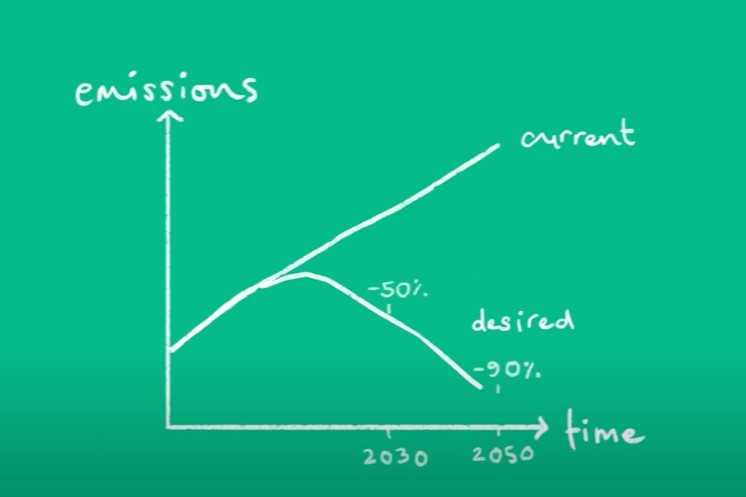The value in pricing
Warren Buffett, CEO of Berkshire Hathaway, said the single most important decision in evaluating a business is pricing power. With his company’s substantial stakes in Kraft Heinz Company, American Express, Bank of America, The Coca-Cola Company and Apple, plus a personal fortune of US$112.7 billion, Buffett should know what he’s talking about.
It’s no mistake that pricing power is one of the key factors used by investment banks for evaluating publicly traded companies. After all, this particular ‘P’ of the marketing mix is the most important profit driver – more than volume, variable or fixed costs. Ask yourself what would happen to your bottom line if you were able to improve each of these by 5%! Pricing will always come out on top.
Although volume and price are equals for revenue development, the potential for gaining value market share via additional volume is usually limited for an optometry practice, since there are only so many people needing vision correction in your neighbourhood. That makes the task of optimising your profit doubly important. Yet I often experience restrained interest in active price management from small business owners. Some are more interested in the technical aspect of the business, some are afraid of overpricing and losing customers, while others feel they are advocates who have to protect their clients from overly high prices.
But value pricing does not equate to fleecing your customer! It simply means charging an adequate price based on the perceived value of the product or service. Value-based logic requires a structured approach covering:
Price positioning
Be clear about your strategic positioning. For most independents, competing on price with large optical retail chains will be an unattractive option. Differentiating yourself by the quality and exclusivity of your products, as well as the quality and individuality of your service, will be a more rewarding path.
A price is also a communicator of value – the unique selling proposition of your offering should be reflected in the price; if it appears too cheap, there will be incongruence in the eyes of the consumer. However, that does not mean offering only high-end products at premium prices. Mercedes-Benz’s flagship car might be its S-class, but its portfolio of models starts with the A-class, promising premium quality across a wide range of customer budgets. Translated into the eyecare business, today’s young and price-sensitive single-vision customer may well be tomorrow’s discerning progressive lens buyer. Offering them a good product at an affordable (not necessarily cheap) price today is an important step in building your customer base for years to come. So even if you position yourself as a premium differentiator, offering a full portfolio with a wider price range still makes sense.
Discounts? Yes, but…
Define exactly when and how to use price in communication and promotions. Discounts serve their purpose if they sweeten the deal enough for consumers to make the purchase, convince them to try out the next design level up, or help in cross-selling niche products – the latter is a typical case for bundling. But discounts should not serve as a first argument for a premium product offer. Rather, the distinctive benefits of the product should be at the front of the message, with the reduced price as the clincher.
Promotional discounts should always be strictly limited in both time and product scope. Clear communication of these, especially of the time frame, may even create a sense of urgency on the consumer’s side, whereas an endless promotion just lowers the acceptance of normal list prices.
Monitor results and performance drivers
Make performance analysis of price a regular habit so you learn where to improve. This includes the offers and campaigns of your competitors – be they chain or independent stores – but also your own promotions, discounts and selling process. Be sure to understand which promotions brought a positive return and which did not. Over time, you will be able to better plan the topic, scope and discount level of promotions to get the best return on your investment. A lot of value may be lost if discounts are given for the wrong reasons, such as a lack of product knowledge or self-assurance as a seller of premium goods.
Instead of confidently explaining a product’s features and its benefits to the consumer, untrained sales staff tend to resort too quickly to price reductions to close the deal. To counter this issue, it's a good idea to invest in product-related training and value-selling techniques for every customer-facing employee in your practice. This is where technical and commercial know-how coalesce to ensure sustainable business success.
Focus on Business is supported by The Independent Optometry Group (IOGroup)

Rolf Schaefer is senior manager, pricing at Rodenstock, a leading global ophthalmic lens company and former consultant to global strategy firm Simon-Kucher & Partners. Over the past 14 years he has gained in-depth knowledge of the optical industry and its B2B and B2C pricing challenges.



























